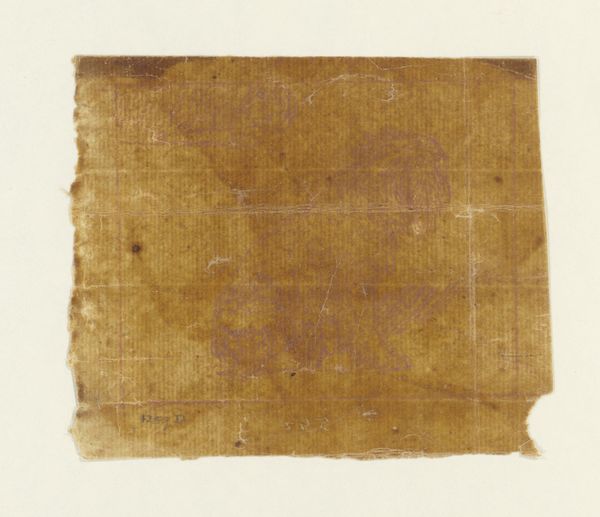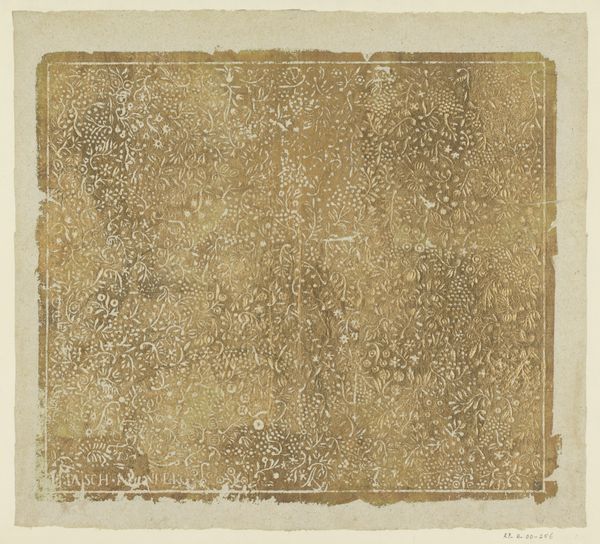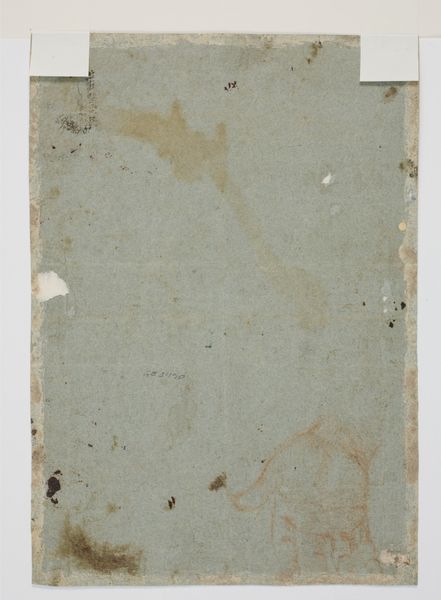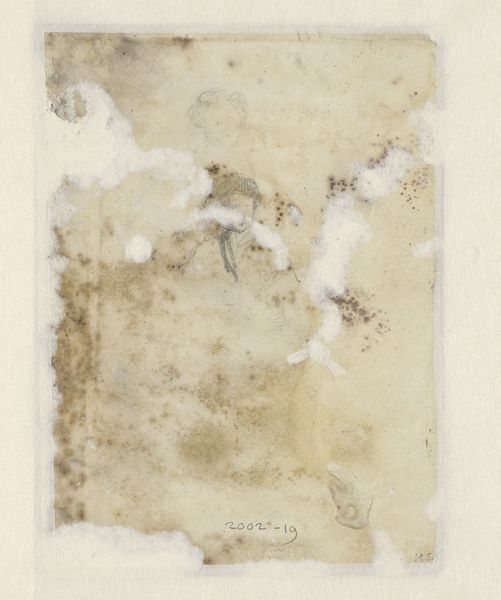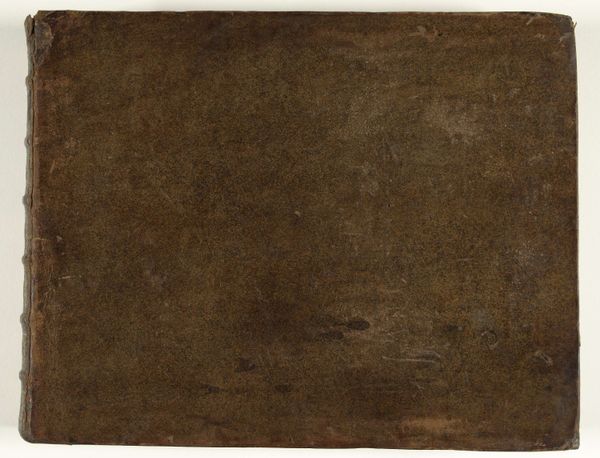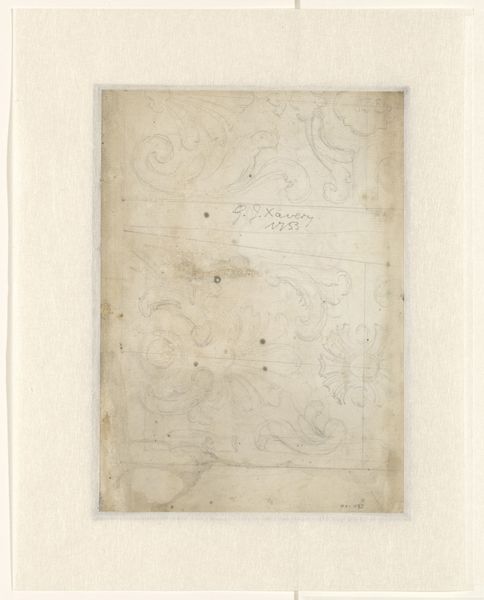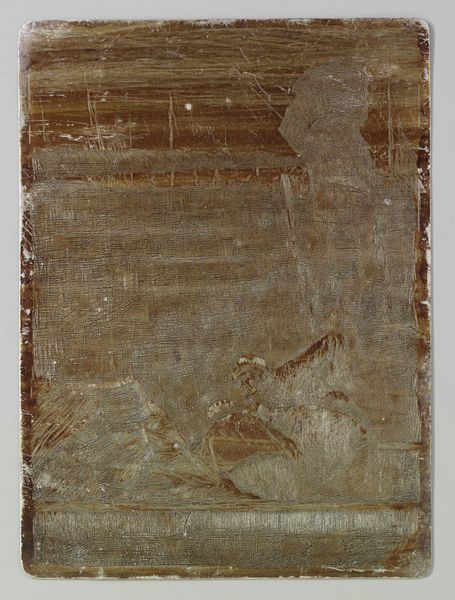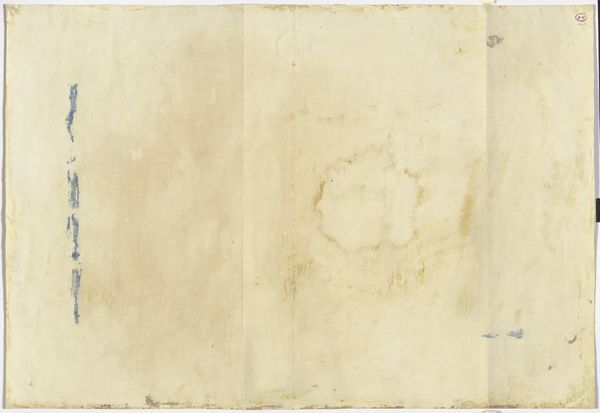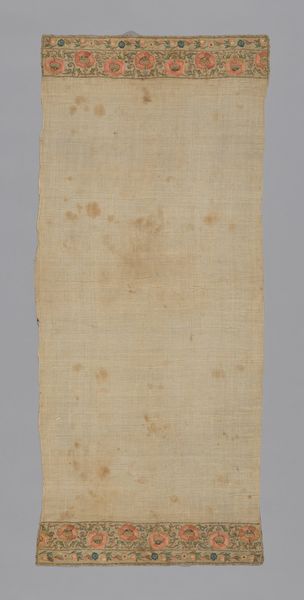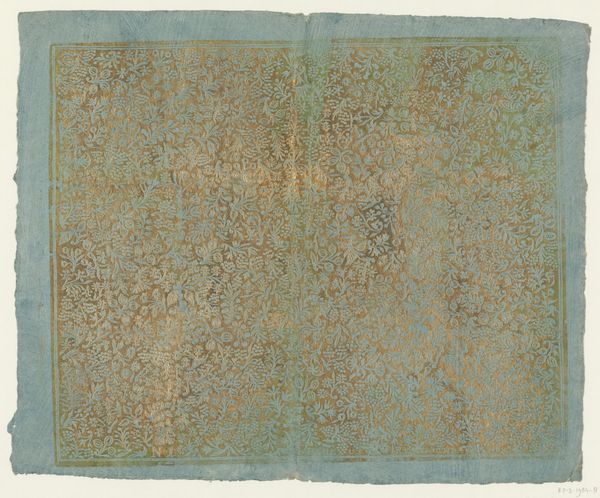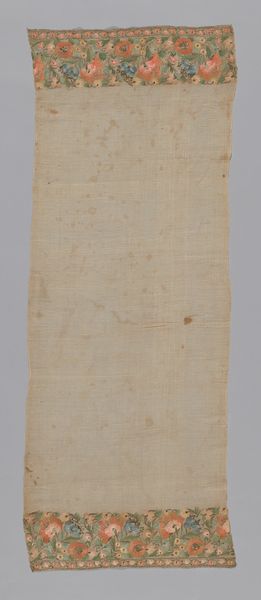
Study for the Triumphs of Julius Caesar: Canvas No. I n.d.
0:00
0:00
drawing, print, paper, ink, pen
#
drawing
#
narrative-art
# print
#
figuration
#
paper
#
ink
#
pen
#
history-painting
#
italian-renaissance
Dimensions: 276 × 281 mm
Copyright: Public Domain
Curator: Here we have Andrea Mantegna’s "Study for the Triumphs of Julius Caesar: Canvas No. I," an ink and pen drawing on paper. Its date is currently undetermined. Editor: Wow, even in this preliminary state, it radiates this almost unsettling sense of grandiose ambition. It feels vast and slightly feverish. Is it just me, or does it also seem faded? Curator: That's a beautiful observation. Its faded quality lends it the quality of memory itself. Mantegna was obsessed with antiquity; you might say this is a drawing of an image, of an idea of triumph. That feverish quality you noticed resonates deeply. The Triumph paintings were very significant in the visual construction of power. It wasn't just about illustrating history. Editor: The Roman Triumph as symbol. You can see echoes of this kind of imagery in countless later works about power – from royal portraits to propaganda posters. It's interesting how visual tropes get repurposed over centuries. But tell me more, what exactly would such images suggest to contemporary viewers? Curator: Here’s where the historical depth becomes so resonant: a real Roman triumph involved the literal subjugation and humiliation of conquered peoples. Remember, this wasn't just an exercise in historical illustration. Mantegna, working for the Gonzaga court in Mantua, was channeling Roman Imperial power to bolster the dynasty's image. This idealized procession becomes both a celebration of history and a demonstration of the patron's might, condensed in potent symbolism. It suggests stability and unbroken reign to those that comprehend the symbolic content of this work, or just simply those in awe. Editor: So, it's history, pageantry, and propaganda all rolled into one fascinating sketch. The way it all converges is truly interesting; It is clear that these are preliminary works that attempt to embody themes and ideas. I keep finding myself coming back to those chariot wheels; I didn't notice them at first! The scale of the people juxtaposed next to it and all the different poles is mesmerizing. I’m compelled to see the other canvases now! Curator: I couldn't agree more. Seeing it as a microcosm of how power is visually constructed and maintained—a reminder that even sketches can carry a monumental weight of intention, especially during Mantegna's era—that's what captivates me. Editor: Yes, and for me, it’s about how Mantegna captured the eternal return of image-making and that echoes over and over throughout history and human art.
Comments
No comments
Be the first to comment and join the conversation on the ultimate creative platform.


